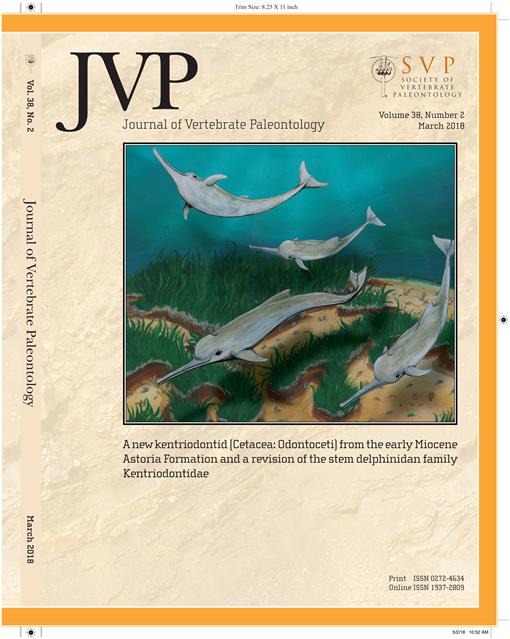New Pliocene bat records from the Meade Basin of southwestern Kansas increase our knowledge of chiropterans from the late Neogene of the central Great Plains. Examination of previously collected, unstudied material and new specimens recovered over the past 20 years resulted in 23 fossils of Pliocene bats from nine localities that add to the two Pliocene specimens previously known from the area. All are from the early Blancan North American Land Mammal Age. Two families and at least five species were identified: Molossidae, represented by a Tadarida, and Vespertilionidae by Lasiurus fossilis, Perimyotis cf. subflavus, Nycticeius cf. humeralis, Eptesicus cf. fuscus, and several vespertilionids of indeterminate genera. Lasiurus fossilis is the only extinct species and is shown to be a member of the subgenus Lasiurus, diagnosed by the unique combination of a small P3 and a two-rooted p4. Most of the Meade Basin Pliocene bats probably roosted in trees, although the Perimyotis during hibernation and the molossid may have roosted in rock crevices or possibly gypsum karst features. These results affirm that the modern bat fauna of the central Great Plains had largely been established at the generic level by the Pliocene.
How to translate text using browser tools
1 March 2018
New Specimens of Pliocene Bats (Mammalia, Chiroptera, Vespertilionidae and Molossidae) from the Meade Basin, Kansas, U.S.A.
Nicholas J. Czaplewski,
Gary S. Morgan,
Robert A. Martin
ACCESS THE FULL ARTICLE





